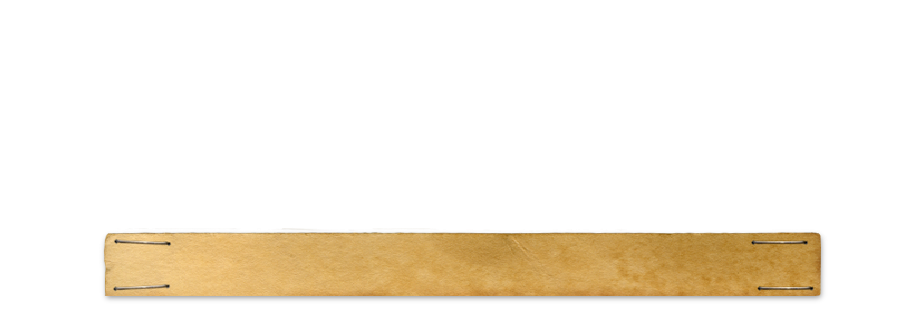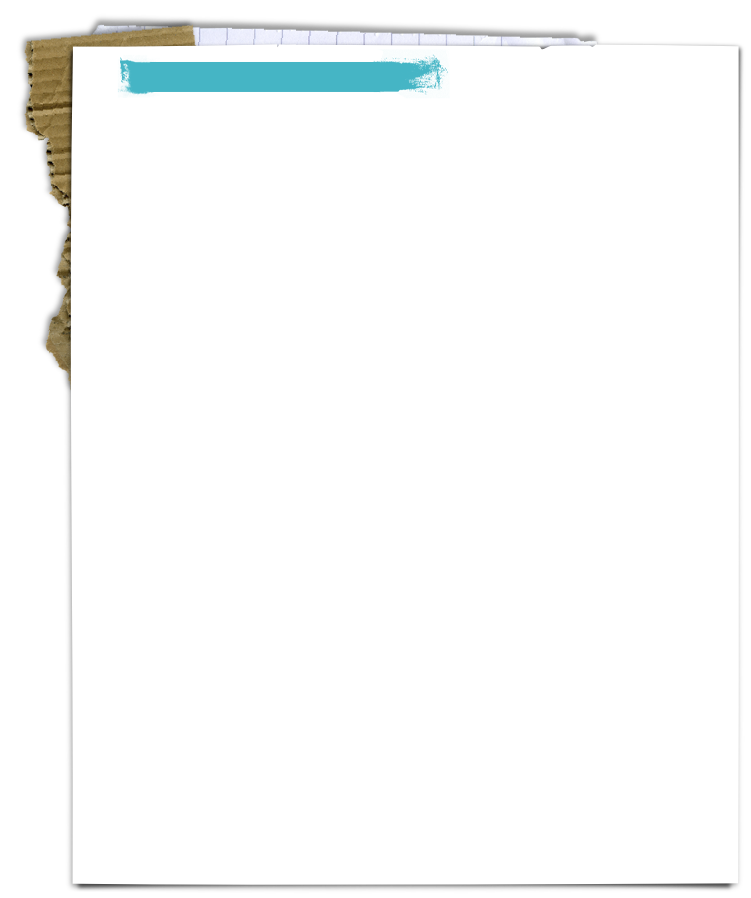

Copyright © All rights reserved. Made by VBC.


Professor,
Materials Science and Engineering,
Indian Institute of Technology-Kanpur ,
Work Phone: (512) 2597353,
Email: saboo[at]iitk.ac.in
Materials Science and Engineering,
Indian Institute of Technology-
Email: saboo[at]iitk.ac.in


Rajagopalan Balaji’s Thesis


Thesis Topic:
Chemical vapor infiltration in SiC fiber preform: a study of effect of pore orientation
Chemical vapor infiltration in SiC fiber preform: a study of effect of pore orientation
Ceramic matrix composites are promising materials for applications in a wide temperature range, from ambient to a very high temperature. Many of such composites are known for their excellent mechanical an chemical properties at an elevated temperature. In addition, these materials are light weight and retain their mechanical strength at high temperatures.
In the recent past, chemical vapor infiltration (CVI) has emerged as a promising method for processing ceramic matrix composites, in which the matrix is chemical vapor deposited in a fibrous perform.
Processing of ceramic matrix composites depends upon many process variables, such as
temperature, temperature gradient, pressure, flow rate of precursor gas, structure of perform (that is, nature of pore network), and concentration of precursor gas.
In the present work a model is developed for diffusion in porous media and it is applied to study the effect of pore orientation in the deposition of SiC perform by SiC matrix.
The model uses the Dusty gas model for describing diffusion which takes into account binary diffusion, Knudsen flow, and viscous flow. The concept of orientation averaging for diffusion of species in a porous media is applied. The porous medium is divided into many elemental volume each containing pores oriented in a specified direction and by applying the orientation averaging method the porous medium is represented by a piece wise homogeneous medium.
We consider four cases of pores orientations at angles of f=00,450,900 and 1350 and the various combinations included pores in single, tow three and four directions. The studies are carried out at a temperature of 1200 K for the initial pore radius of 2.5 mm. The initial porosity for different pore orientations ranged from 0.3 to 0.45.
The results show that open-